Sun safety for kids is very important as the temperatures rise. Children and teens are exposed to the sun a lot more in the summer due to popular outdoor activities. The key to keeping your child safe during the summer is to minimize sun exposure and remember to use sunblock with a high sun protection factor (SPF).
Minimizing sun exposure
It’s healthy and important for children to play outside. The key is keeping your child’s skin safe from the sun’s ultraviolet (UV) rays when he or she is in the sun. Here are six tips for reducing sun exposure:
- Do not go out in the sun during peak hours (10:00 a.m. to 4:00 p.m.).
- Apply sunscreen 30 minutes before going out into the sun. Reapply every two hours and after swimming or sweating.
- Chemicals to avoid in sunscreens: oxybenzone, octinoxate, octisalate, octocrylene and homosalate. These chemicals can cause allergic skin reactions and change hormone function in the body.
- Wear a hat and/or sun-protective clothing specifically designed to shield against ultraviolet rays (which can cause sunburn).
- Sun protective clothing provides ultraviolet protection (UPF) of 30 to 50+. This blocks 96 to 98% of the sun’s harmful rays.
- There’s no need for sunscreen when your child’s body is covered with UPF clothing.
What type of sunscreen should we use?
The American Academy of Dermatology recommends that everyone use sunscreen that offers broad-spectrum protection (protects against UVA and UVB rays), has a SPF of 30 or higher and is water resistant. It’s easy for families to skimp on the amount of sunblock they apply to their kids. Putting a large amount of sunblock on your child or teen just once for the whole day is not enough. Everyone needs sunscreen, except for babies less than six months old because they should not be exposed to direct sunlight. It is also important to use a lip balm that has SPF in it as well. Just like your body, lips can get sunburned as well.
Applying sunscreen
When applying sunscreen to your children, even teenagers, one ounce is the proper amount. That is the same amount it takes to fill a shot glass. The amount can vary based on the size of the child but this is the general amount to follow. Apply the sunscreen to dry skin 15 minutes before going outdoors. Re-apply sunscreen every two hours or after swimming or sweating according to the directions on the bottle.
Sunscreen should be worn everyday even when it’s cloudy. Use precaution when near water, snow and sand. They reflect the damaging rays of the sun, which can increase the likelihood of sunburn. If your children are in the sun, they should wear protective clothing and stay in shady areas. It’s especially important to keep teens away from tanning beds because the ultraviolet light from the sun and tanning beds can cause skin cancer and wrinkling. If teens want to look tanner they should use a self-tanning product like a lotion.
When is my child old enough to wear sunscreen?
Babies older than 6 months should wear sunscreen, but using sun-protective clothing is critical, too. Young children should wear light-colored, lightweight, long-sleeve shirts and pants as well as hats with wide brims. For added protection, look for fabrics labeled as having sun or ultraviolet protection elements, which help block the sun’s radiation from passing through the garment.
What’s the most commonly underprotected part of the body?
Ears and the back of the neck are locations that frequently see overexposure, putting them at higher risk for skin cancer in the future. Make sure to thoroughly apply sunscreen in these locations and wear a wide-brimmed hat when possible.
How often do I need to reapply sunscreen?
Reapply sunscreen every one to two hours and after water immersion or intense physical activity. Don’t forget to wear sunscreen on cloudy days and during road trips, too, as the sun’s rays can penetrate glass.
What should I do if my child gets a sunburn?
If the sunburn is severe – meaning the child has blisters, feels unwell or is in pain – seek medical attention. If it is not severe, parents can use soothing creams and Tylenol or other pain medication as guided by their pediatrician.
It’s important to remember that your child’s skin is more vulnerable to sun damage than your skin. By following these recommendations for sun protection, you will help protect your child from burning and other skin damage.
 https://riseandshine.childrensnational.org/wp-content/uploads/2025/03/little-boy-with-rash-feature.jpg
300
400
webteam
https://riseandshine.childrensnational.org/wp-content/uploads/2017/11/childrens_riseandshine_logo.jpg
webteam2025-03-24 17:38:572025-03-24 17:38:57Winter rash: How to keep your child’s skin healthy during brittle winter months
https://riseandshine.childrensnational.org/wp-content/uploads/2025/03/little-boy-with-rash-feature.jpg
300
400
webteam
https://riseandshine.childrensnational.org/wp-content/uploads/2017/11/childrens_riseandshine_logo.jpg
webteam2025-03-24 17:38:572025-03-24 17:38:57Winter rash: How to keep your child’s skin healthy during brittle winter months


 Scott A. Norton, MD, MPH, MSc, was the Chief of Dermatology at Children’s National.
Scott A. Norton, MD, MPH, MSc, was the Chief of Dermatology at Children’s National.

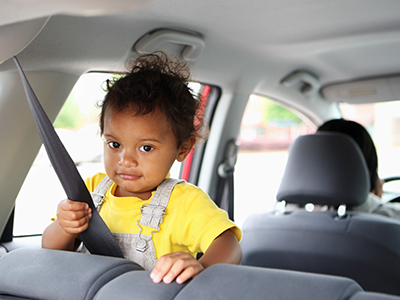
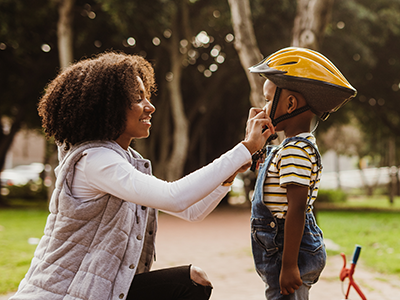

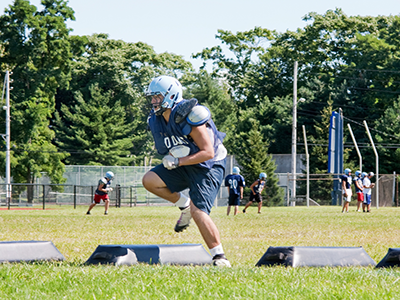

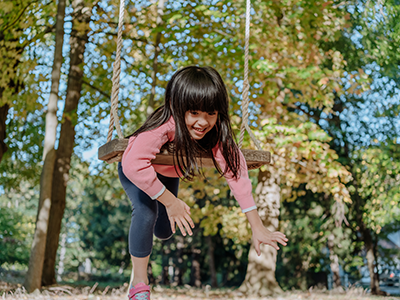
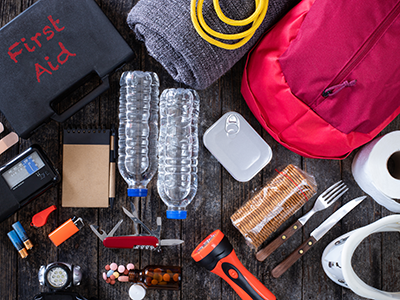
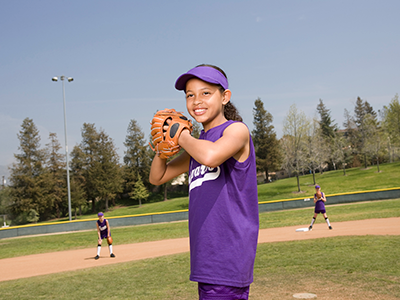
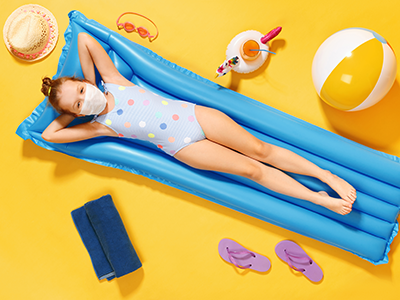
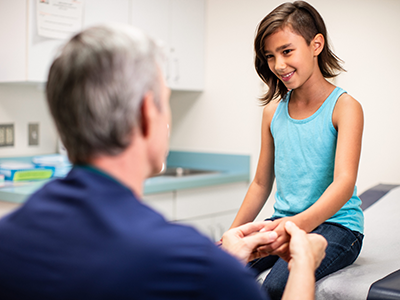


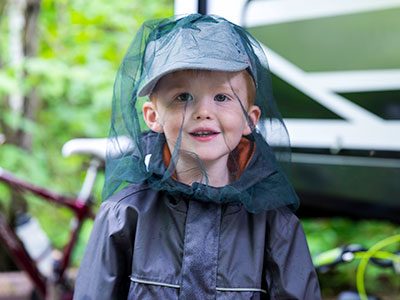
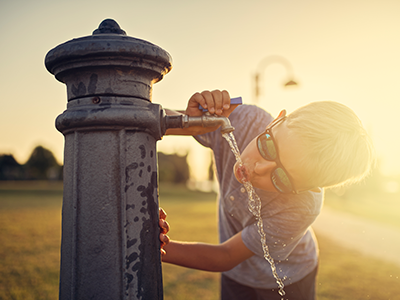


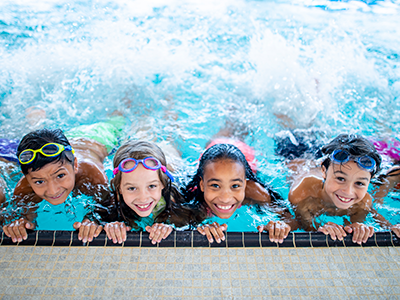
Leave a Comment
Want to join the discussion?Feel free to contribute!